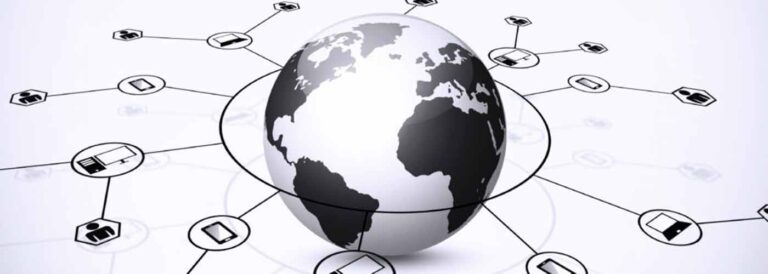
No matter your agency or mission, serving as many customers as possible is a primary goal. Though large federal agencies like the Census Bureau have a big platform, we are in some ways removed from individual customers. It is hard to build the kind of relationships that congressional representatives, faith leaders and local policy makers have with our customers. But, it is possible with a few strategic goals.
Whether you’re trying to reach a large selection of people or specific groups, you become much more effective when working with intermediaries. These trusted voices can connect with your audience locally and help connect them to services you deliver. They’re also an invaluable segment of the feedback loop that helps you learn what’s working for customers — and what’s not.
As an agency, you choose your intermediaries based on your specific mission and what you are charged with providing customers. These people are a gateway to customers you may not have reached yet. But, keep in mind that intermediaries won’t want to pass along an empty message — and they shouldn’t. Here are some ways we’ve been able to maximize our reach through intermediaries.
Collaborative Relationships
Identify institutions and organizations that you can build a relationship with to reach your audience. A key way the Census Bureau reaches out to customers across the country is through our State Data Centers, a partnership between the Census Bureau and the 50 states, the District of Columbia, Puerto Rico and the island areas. These centers make data available locally through a network of state agencies, universities, libraries, and regional and local governments. They connect our data to policymakers, nonprofits and individual data users around the country, who in turn share it with customers and teach them how to use the data, if necessary. Because of their understanding of local priorities, the centers are also able to deliver assistance customized for the people in their region.
The close and collaborative relationship we have with these data centers has been beyond helpful in spreading our message to the public. For some releases, the State Data Centers get embargoed information from the Census Bureau before anyone else gets to see it. This way, they can prepare to communicate on our behalf right out of the gate.
One of my favorite examples of this comes from the North Carolina State Data Center. They’ve helped us reach out to North Carolinians in many innovative ways, such as partnering on the Census City SDK —a software development kit and open-source project that makes data easier to use — with North Carolina app developers. These were data collaboration sessions for entrepreneurs and safety management personnel to create data-driven tools to meet local needs.
Tailoring the Message
Depending on what you’re trying to communicate, there are always people out there willing to help if you truly have something of value to share. When we want to let the public know about a specific service we offer at the Census Bureau, along with general promotional activities, we figure out who could particularly benefit from that information and which of our intermediaries has access to those people.
Think about your mission and who you’re here to help. Are you a safety organization that has a message for construction workers, or a statistical agency with raw data that would be of great value to computer programmers? After narrowing down your audience, reach out to the groups or people who can reach them with messaging and content designed specifically for that audience. And the same goes for local media: think from their audience’s point of view and provide local data and content that have news value for their audiences. For example, a week before each state’s primary or caucus, we provide an economic and demographic profile of its electorate.
Also consider how your agency’s work might inform a news cycle or mark an occasion. For example, at the beginning of the 2016 Hurricane Season, we highlighted Census data and resources that are critical to emergency planning and preparedness. And one of the Census Bureau’s most popular items on social media is our annual graphic on Bike to Work Day, which shows the percentage of people biking to work in cities of 100,000 or more.
Think Digital
I’ve already mentioned app developers, but it’s hard to overstate how valuable these nontraditional partners can be. Digital outreach is an incredibly important part of any communication strategy these days, and I’m not just talking about websites and social media. Coders and developers are looking for ways to serve local communities by solving problems those communities face. These civic-minded innovators are finding new ways to use data for broad-based and niche digital services. If you provide the data, they’ll help you get it into more people’s hands through user-friendly apps and websites. The value for customers is that they’re able to access the information they want directly, in digestible ways, through digital sources they already use.
It all goes to show that you can find incredible gateways to customers you may not be able to reach on your own. By building strong relationships with these audience multipliers, understanding what’s important to local audiences and working with intermediaries in the digital sphere, you might be surprised at who you impact.
Jeannie Shiffer is the associate director for Communications at the U.S. Census Bureau. This blog post was originally published on GovLoop.com.